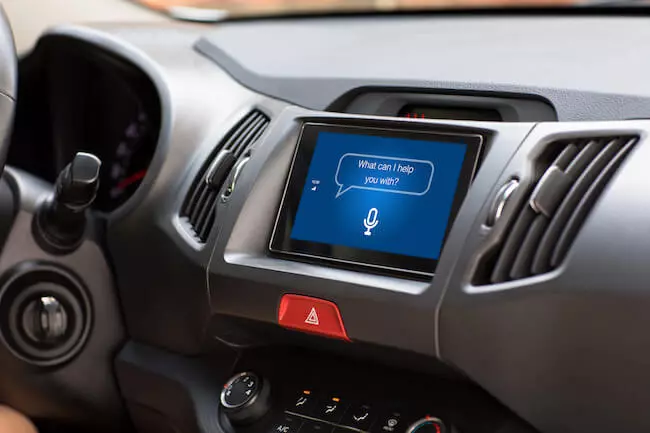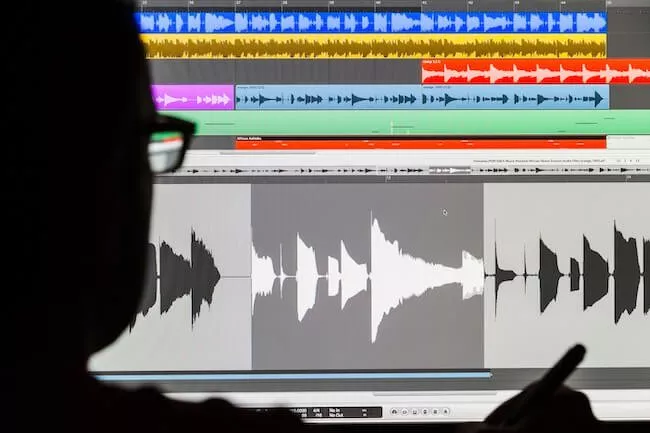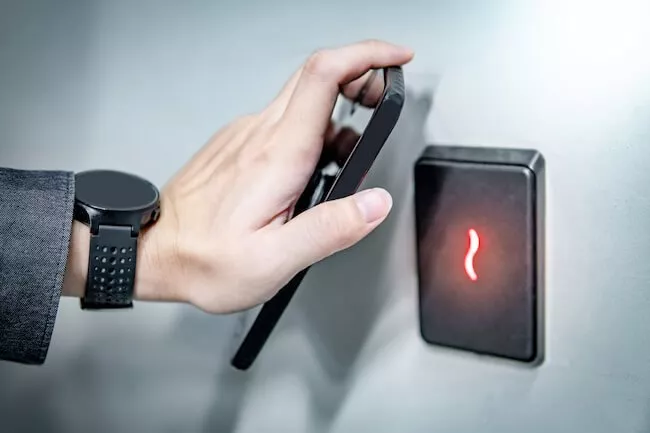My house is smarter than your honor student? Home automation and smart home technology can be controlled through easy-to-use visual user interfaces – or it can be even simpler with voice commands. Such integration allows you to control everything – your lights, music, window coverings, HVAC, locks, security system and more – by speaking aloud, from anywhere in your home.
Smart Home Tablet Design
Our client wanted to improve their smart home Android tablet for in-house home automation as well as upgrade to add Alexa voice capabilities. They are a leading provider of automation and networking systems for homes and businesses, offering a personalized and unified smart home system to automate and control connected devices.
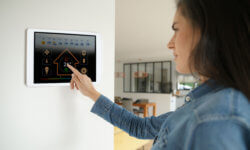 The smart home tablet enables automation and security by running home automation apps. Settings are customizable, programmable, and can be configured to your individual preferences and home’s systems.
The smart home tablet enables automation and security by running home automation apps. Settings are customizable, programmable, and can be configured to your individual preferences and home’s systems.
Cardinal Peak collaborated with our partners NXP Semiconductors and DSP Concepts to realize our customer’s touchscreen product. Our team focused on the system’s audio path, related embedded software, and Alexa Voice Service (AVS) integration.
Our engineers provided the deep audio and digital signal processing expertise needed to ensure a product design that performs well in the real world, working from anywhere in the house and accounting for background noise and other anomalies.
Seamlessly integrated Alexa voice control, enabling hands-free operation of all smart home features — even with background noise.
To ensure successful audio input, output and voice command recognition, the smart home tablet has three very different audio modes including: 1) video intercom, 2) Alexa voice and 3) audio announcement. The device switches among these audio states on the fly. When an audio state transition happens, the audio path is reconfigured accordingly. The three states of the smart home device audio are shown in the figure below.
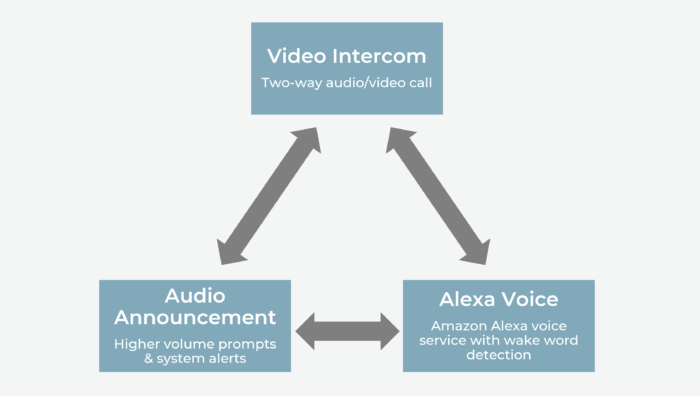
Device Audio States
Audio path state management enables the device to dynamically adapt the audio path to the current scenario. The three states of the smart home tablet perform different functions.
Video Intercom
Allows for two-way video calls. The two-way audio must be clear and free of chirping, echo and feedback. To ensure this, our engineers employed automatic echo cancellation (AEC) and digital signal processing (DSP) functionality.
Alexa Voice Integration
The smart home tablet is voice enabled with Alexa built in. Like an Amazon Echo smart speaker, it activates with a wake word and connects to the cloud through your Wi-Fi. Our team designed the tablet with far field voice recognition, the ability to detect a wake-word and adequately interpret commands through background noise and from a distance of up to five meters.
Audio Announcements
Our client’s product also includes audio announcements. These announcements were designed to play at volume levels higher than those achieved with video intercom or Alexa.
Cardinal Peak is an engineering service partner for Alexa Voice Services (AVS) systems integration. Our team is also experienced with integrating and configuring the NXP and DSP parts which include DSP Concepts’ end-to-end Audio Weaver, a cross-platform audio processing engine, and TalkTo, proprietary machine learning and microphone processing algorithms.
For this project, Cardinal Peak created embedded software, supporting drivers, and sample Android application code. Our goal was to integrate the hardware and software and enhance the device performance when picking up voice. Our engineers’ contribution to the smart home tablet design also included:
- Advanced Linux Sound Architecture (ALSA) drivers for audio input and output (I/O) to and from DSP’s AWE core.
- Embedded software for audio, tuning and control interfaces between NXP drivers and DSP Concepts code.
- Audio path state management, for dynamically adapting audio path to the current scenario.
- Alexa Voice Services (AVS) software development (SDK) build and integration.
- Android-based test application for demonstrating the control interface, state management and AVS functionality.
NXP designed and built hardware and some software. They partnered with DSP Concepts for digital signal processing (DSP) to enhance Alexa Voice detection and differentiate between voice commands and background noise like a TV. Using beamforming, there is an array of about eight microphones. The closest mic picks up the voice before farther away mics, determining the direction and location of the source. Complex signal processing then isolates the sound.
The smart home tablet includes data interfaces for control, tuning and audio, relying on DSP’s AWE Core as the embedded audio-processing engine, as shown in the figure below.
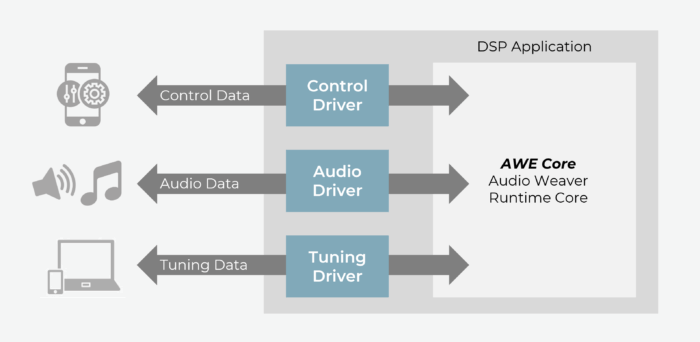
Deep Audio, Voice and Signal Processing Expertise
Cardinal Peak provided the audio knowledge along with experience as an AVS System Integrator, and DSP Concepts and NXP design partner. Our team’s contribution allowed our smart home client to focus on the higher-level design and user experience.
Does your product development include voice integration? Does it need to be compatible with the Matter smart home standard? As an Alexa Voice Services (AVS) and Alexa Mobile Accessory (AMA) Solution Provider, Cardinal Peak offers services to help you bring your voice-enabled product to market. Let us know how we can support your audio product design.

